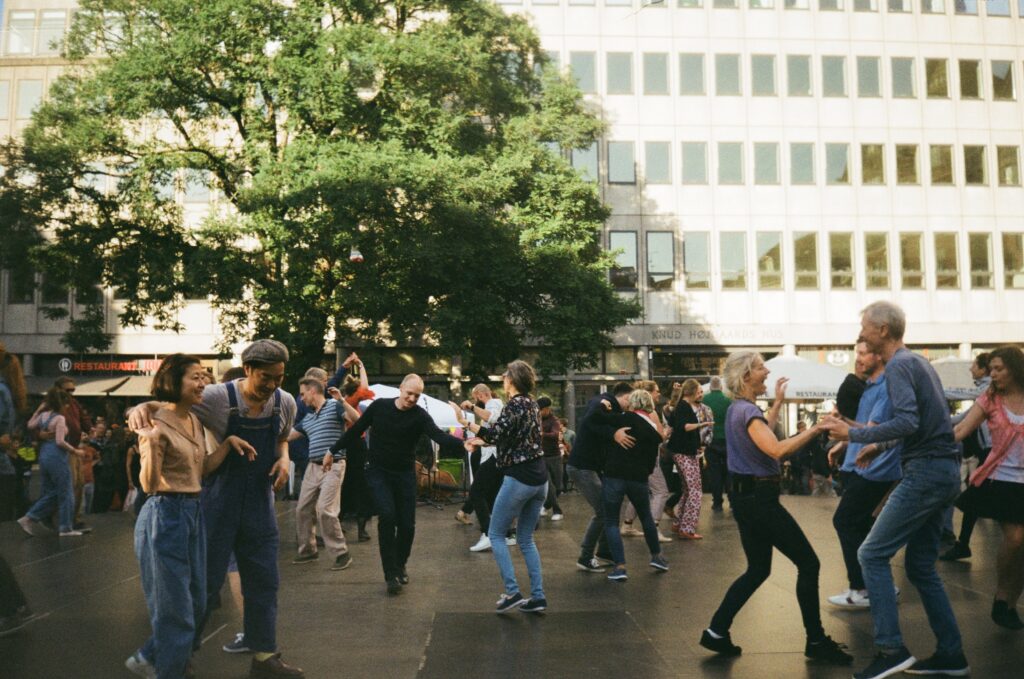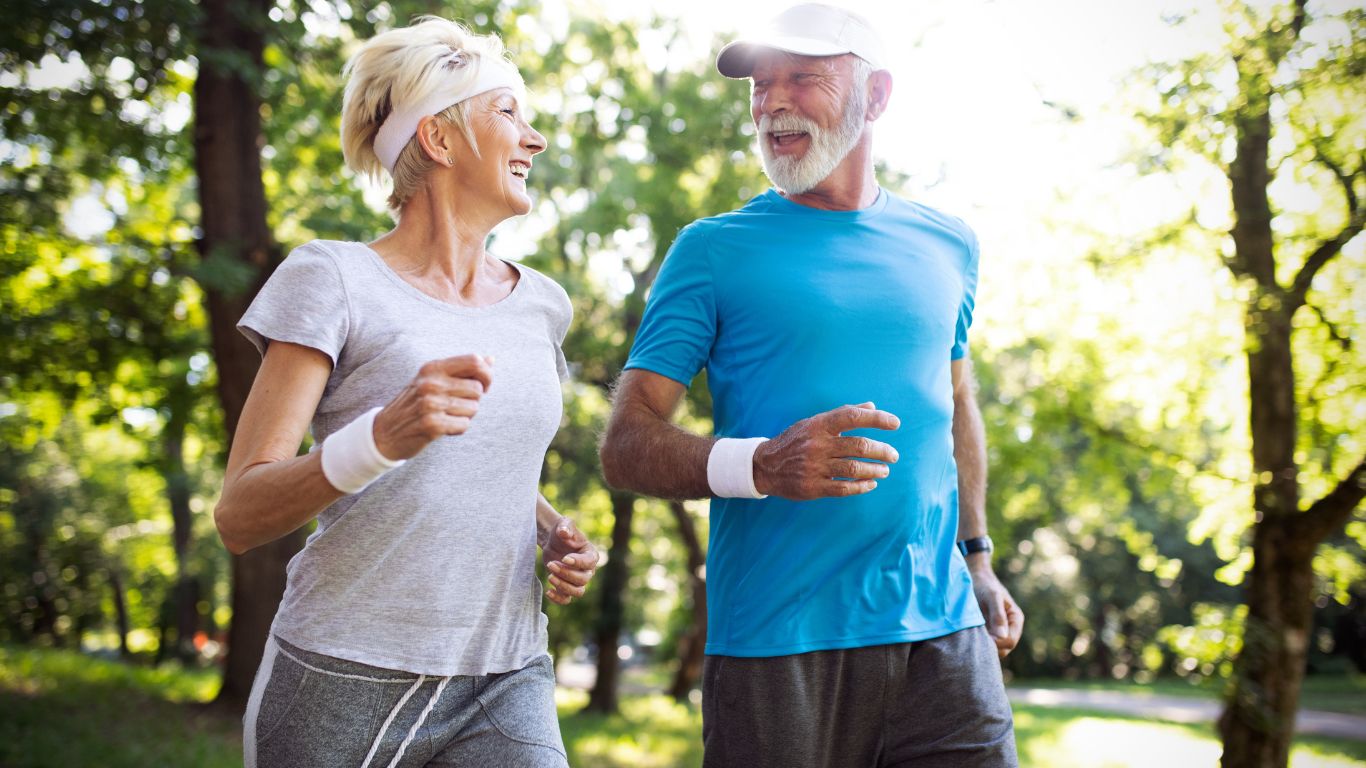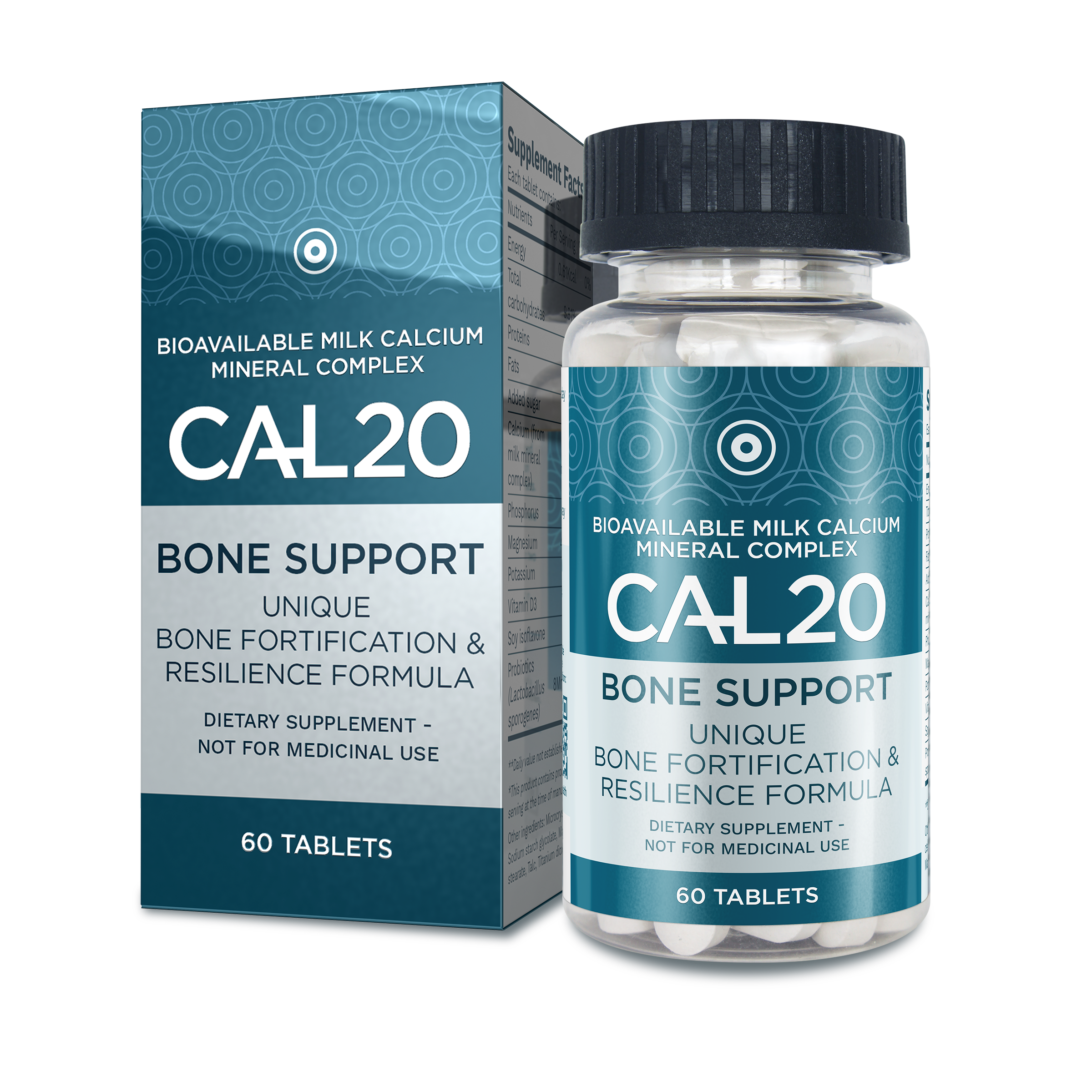Dancing, as a form of physical activity and social engagement, has garnered increasing attention from scientific research for its potential impact on various aspects of human health. Let’s delve into the scientific evidence supporting the multiple benefits of dancing:
Boosting Bone Strength:
Dancing involves weight-bearing movements, which apply forces on bones, prompting them to adapt and strengthen over time reducing the risk of osteoporosis and fractures as we age. Weight-bearing exercises are known to stimulate bone remodelling and enhance bone mineral density. A study published in the American Journal of Health Promotion revealed that dance training significantly improved bone density in premenopausal women so the more you dance, the stronger your bones become!
Promoting Good Memory
The cognitive demands of learning and performing dance routines, recollecting steps and patterns involve memory processes that can positively affect brain function. Research published in the Journal of Aging and Physical Activity demonstrated that dance interventions improved memory and cognitive function in older adults. The need to remember complex steps and sequences activates neural pathways related to memory consolidation and retrieval, potentially bolstering cognitive resilience. Other studies have shown that dance can improve neuroplasticity, which enhances the brain’s ability to adapt and reorganize itself. A healthy brain with good neuroplasticity can adapt to various challenges and stressors, including those associated with aging. Dancing can work wonders for your memory and cognitive abilities.
Helping with Focus
Engaging in dance requires sustained attention and focus on movement patterns, synchronization with music, and interaction with partners or fellow dancers. When you hit the dance floor, you enter a state of flow where your mind and body are fully immersed in the present moment. This level of focus not only allows you to execute the dance moves gracefully but also brings a sense of mindfulness and concentration. Regular dance practice can train your mind to stay focused and will start presenting in other areas of your life and can carry over into daily activities, improving overall attentional abilities A study published in the Journal of Sports Science & Medicine reported that dance practice enhanced selective attention and concentration.
Promoting Happiness and Longevity
Dancing is a natural mood booster! Dancing is associated with the release of endorphins, serotonin, and dopamine; these are the neurotransmitters responsible for regulating mood and emotions. Endorphins can instantly lift your spirits and simultaneously reduce stress and anxiety. A systematic review published in the American Journal of Dance Therapy suggested that dance interventions positively influenced emotional well-being and saw a reduction in stress and anxiety. Additionally, the social nature of dance, being a social activity, fosters a sense of belonging and social support, which have been linked to increased longevity in various studies. The connection you experience while dancing with others can significantly contribute to your happiness and lead to a positive state of mind. Studies have even suggested that social interactions, like those in dance classes or social dances, can extend our lifespan!
Conclusion
The scientific evidence shows multifaceted benefits of dancing for human health. Regular participation in dance activities, especially those involving varied movements and cognitive challenges, can contribute to stronger bones, enhanced memory, improved focus, better balance, heightened emotional well-being, and potentially even an extended lifespan.
As research in this field continues to unfold, dancing remains a promising avenue for promoting holistic well-being across the lifespan. Whether you join a dance class, attend social dance events, or simply groove to your favourite tunes in the comfort of your home, incorporating dance into your lifestyle can have profound and positive effects on your health. So, let’s put on our scientifically-supported dancing shoes and dance our way to a healthier and happier life!
————————————————————————
References:
- Journal of Mechanics in Medicine and Biology: The effects of square dance on bone mineral density.
- American Journal Medicine and Rehabilitation: The impact of a senior dancing program on spinal and peripheral bone mass
- Journal of Aging and Physical Activity: The efficacy of a dance intervention as cognitive training for the old-old.
- Journal of Sports Science & Medicine: The effects of Chinese dance on Dynamic balance and attention in elderly adults.
- Journal of Dance Therapy: Dance/Movement Therapy and the Older Adult Client: Healing Pathways to Resilience and Community




